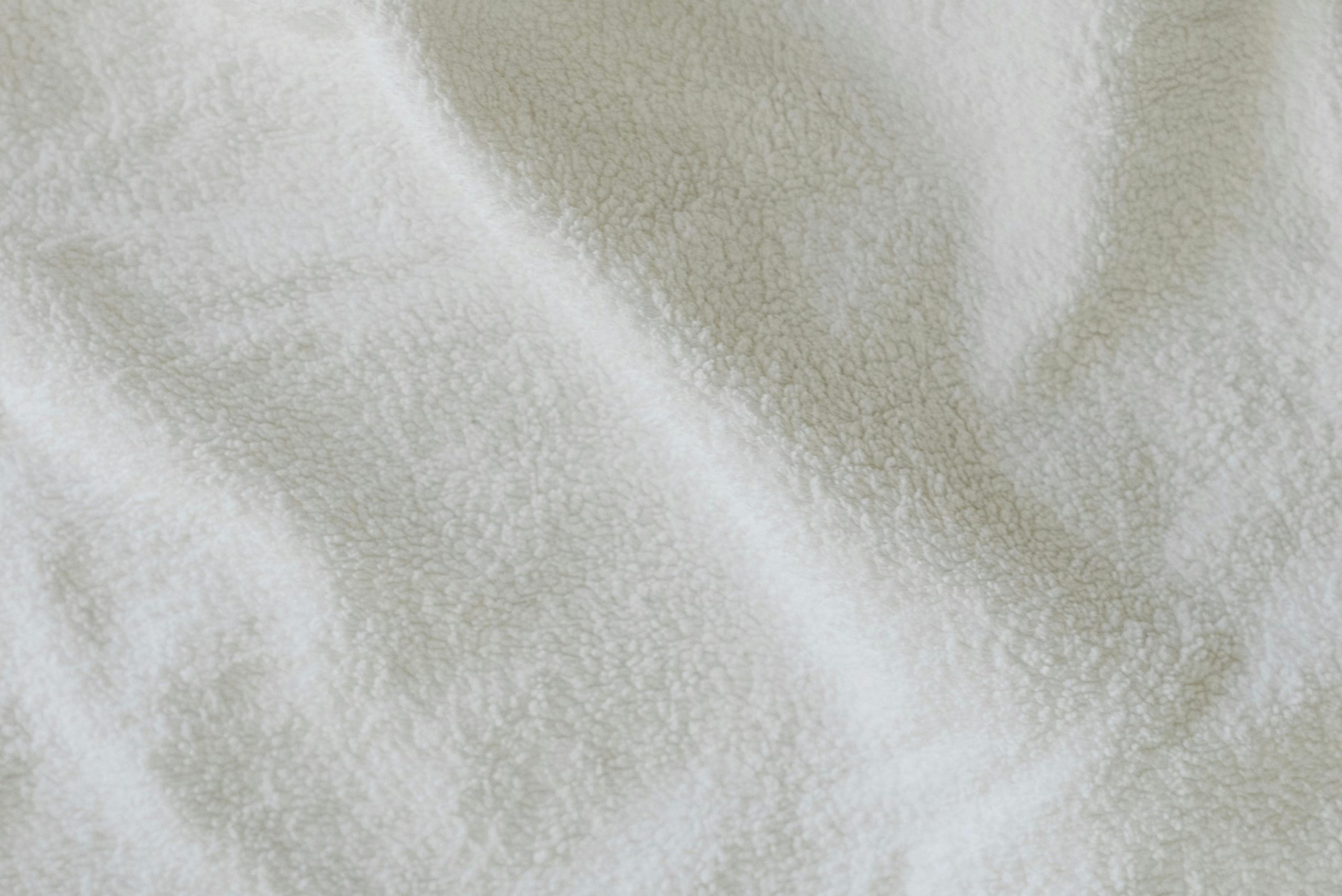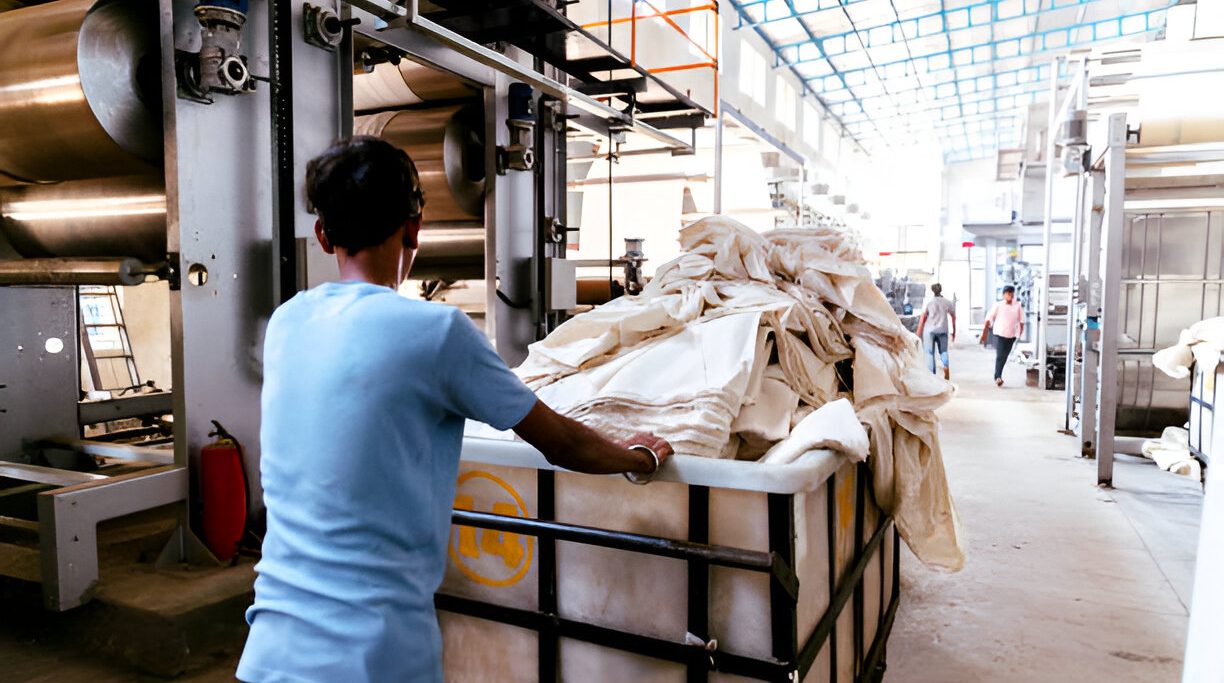When it comes to comfortable, versatile fabrics, French Terry stands out as a top choice. Known for its unique texture and exceptional comfort, French Terry fabric is a favorite in the fashion industry and among consumers. In this guide, we’ll explore everything you need to know about French Terry, from its composition and benefits to its common uses and care tips.
What is French Terry Fabric?
French Terry fabric is a type of knit fabric distinguished by its soft, looped texture on the inside and a smooth, soft surface on the outside. Typically made from cotton or a blend of cotton with synthetic fibers like polyester or spandex, French Terry offers the perfect balance of comfort, warmth, and flexibility.
Key Characteristics of French Terry
– Softness: The looped interior and smooth exterior make French Terry exceptionally soft and comfortable against the skin.
– Breathability: This fabric allows air to circulate, making it ideal for maintaining a comfortable body temperature.
– Moisture-Wicking: French Terry’s looped structure helps wick moisture away from the body, keeping you dry during physical activities.
– Stretch and Flexibility: Depending on the fiber blend, French Terry can offer excellent stretch, providing freedom of movement.
– Durability: It’s a robust fabric that holds up well to frequent washing and wear, maintaining its shape and softness.
Read about which fabric is best for kids in winter
Benefits of French Terry Fabric
1. Comfort and Warmth: French Terry is perfect for all-season wear. Its looped interior traps warmth, making it cozy for cooler weather, while its breathability ensures you stay comfortable when it’s warmer.
2. Versatility: This fabric is used in a wide range of garments, from casual loungewear and activewear to stylish everyday outfits.
3. Easy Care: French Terry is easy to care for, usually machine washable, and retains its quality over time.
4. Stylish Appeal: Available in various weights and finishes, French Terry can be styled for both casual and semi-formal occasions.
Common Uses of French Terry Fabric
– Sweatshirts and Hoodies: French Terry is often used in sweatshirts and hoodies due to its warmth and softness.
– Joggers and Sweatpants: Its stretch and comfort make it ideal for activewear bottoms.
– Loungewear: Perfect for cozy, relaxed clothing meant for lounging at home.
– Casual Dresses and Tops: French Terry is also used for more stylish, everyday clothing items, offering comfort without sacrificing style.
– Baby and Kids Clothing: The soft, gentle texture is perfect for sensitive skin, making it a popular choice for children’s wear.
Also read about French Terry vs Fleece here
The Two Types of French Terry Fabric Finishes
1. Loopback (Unbrushed) French Terry
Description: Loopback French Terry, also known as unbrushed French Terry, features the signature loops on the reverse side of the fabric. The front side remains smooth and flat.
Characteristics:
•Breathability: The loops enhance breathability, making this fabric ideal for activewear and mild weather.
•Moisture-Wicking: The looped texture efficiently wicks away sweat, keeping you dry and comfortable.
•Lightweight: This version is generally lighter, providing comfort without adding bulk.
Best Uses:
•Sweatshirts
•Hoodies
•Joggers
•Activewear
Pros:
•Excellent breathability
•Effective moisture management
•Ideal for layering
Cons:
•Less insulating compared to brushed finishes
•May require layering in colder weather
2. Brushed French Terry
Description: Brushed French Terry undergoes an additional brushing process on the looped side, resulting in a soft, fuzzy texture.
Characteristics:
•Warmth: The brushing process adds a layer of warmth, making it suitable for colder climates.
•Softness: The brushed texture provides a plush, cozy feel against the skin.
•Insulation: Enhanced insulation due to the brushed fibers.
Best Uses:
•Winter wear
•Loungewear
•Cozy sweatshirts
•Warm joggers
Pros:
•Superior warmth and insulation
•Luxurious softness
•Great for colder weather
Cons:
•Heavier than loopback French Terry
•Slightly less breathable
How to Choose the Right French Terry Finish
Choosing between loopback and brushed French Terry depends on your specific needs:
•For Activewear: Opt for loopback French Terry. Its breathability and moisture-wicking properties are perfect for keeping you comfortable during workouts.
•For Winter Garments: Brushed French Terry is your best bet. Its warmth and softness will keep you cozy in colder temperatures.
•For Layering: If you’re looking for a fabric to layer under jackets or over base layers, loopback French Terry offers lightweight comfort without bulk.
Understanding the differences between loopback and brushed French Terry fabric finishes can help you choose the perfect material for your sewing projects. Whether you need breathable activewear or warm winter garments, French Terry offers a versatile solution that combines comfort and functionality.
Caring for French Terry Fabrics
Both types of French Terry fabrics are relatively easy to care for. Follow these tips to maintain their quality:
•Washing: Use cold water and a gentle cycle.
•Drying: Tumble dry on low heat or hang to dry.
•Avoid Bleach: Bleach can damage the fibers, so it’s best to avoid it.
French Terry fabric offers an unbeatable combination of comfort, versatility, and durability. Whether you’re lounging at home, hitting the gym, or running errands, French Terry garments provide the perfect blend of style and functionality. Embrace the soft, cozy feel of French Terry and experience why this fabric has become a staple in wardrobes around the world.



